Time will come in your day to day use of your favorite Linux server when you will finally have enough of doing those repetitive tasks that you know you should automate/script to make your life and work easier and even more enjoyable. When that time beckons, bash scripting should be your first choice naturally because it talks the language that you can easily relate to and understand.
To save you the frustration of looking for the books to get this invaluable skill, this article is here to help you catch a whiff of the best Bash Scripting Books you can grab as quickly as possible. The list is presented below just for you to get your geekiness to the next level.
1. Linux Command Line and Shell Scripting Bible
Richard Blum and Christine Bresnhan are quite familiar names of authors when it comes to everything Linux. The decided to team up and came up with this resource. You can imagine the kind of experience, expertise and geeky flare that this book has as a result of their collaboration.
With detailed instructions and abundant examples, this book teaches you how to bypass the graphical interface and communicate directly with your computer, saving time and expanding your capability. This third edition incorporates thirty pages of new functional examples that are fully updated to align with the latest Linux features. Beginning with command line fundamentals, the book moves into shell scripting and shows you the practical application of commands in automating frequently performed functions. This guide includes useful tutorials and a desk reference value of numerous examples.
The Linux command line allows you to type specific shell commands directly into the system to manipulate files and query system resources. Command line statements can be combined into short programs called shell scripts, a practice increasing in popularity due to its usefulness in automation. This book is a complete guide providing detailed instruction and expert advice working within this aspect of Linux.
- Write simple script utilities to automate tasks
- Understand the shell, and create shell scripts
- Produce database, e-mail, and web scripts
- Study scripting examples ranging from basic to advanced
Whether used as a tutorial or as a quick reference, this book contains information that every Linux user should know. Why not learn to use the system to its utmost capability? Linux is a robust system with tremendous potential, and Linux Command Line and Shell Scripting Bible open the door to new possibilities.
2. Mastering Linux Shell Scripting
Linux is a popular operating system with a variety of widely used distributions. In this OS, shell scripting is an essential part mainly used for automation. Remember that Linux allows the users to use commands to make work easier. Scripting then becomes necessary as it assists in writing a sequence of commands in files and executes them. Linux users save time as they don’t have to write commands occasionally. You can perform your day-to-day tasks efficiently by scheduling them to execute or automatically setting specific scripts to run on startup. Notably, writing these commands will require an interface known as the command line. Linux command line is supported by a program called a shell, where in our case, we will major on Bash shell, which is powerful and simplifies many operations. Mastering Linux Shell Scripting, a 2nd edition book, provides more information on Linux command line, shell programming, and bash scripting. From this fantastic book, you will learn how to create bash scripts and run them on regular and debug modes. In a step-by-step manner, you will learn how to write complex scripts and dive into file system administration, system directories, and more.Mokhtar Ebrahim, the author, has ensured the book is straight to the point and easy to follow. With plenty of examples and detailed explanations, it is the right book to master Linux Bash Scripting.
This is one of the beginners’ books available to help you master Linux shell scripting. It is well organized with formats, structures and topics that do not overwhelm the readers.
In this book, you will learn:
- How to develop, execute, and debug your first Bash script
- Creating interactive scripts that prompt user input
- Master building menu structures for operators with little command-line experience
- Develop scripts that dynamically edit web configuration files to produce a new virtual host
- Writing scripts that use AWK to search log files and generate reports
- How to draft effective scripts using functions as building blocks, reducing maintenance and build time
- Comparing different script languages, such as Python with Bash
- Understand how to use the command line to bypass the graphical user interface (GUI) and automate common tasks
Get details about this book using the below link:
3. Shell Scripting
Jason Cannon, the author, started his IT career in the late 1990s as a Unix and Linux System Engineer. He is known for Linux for Beginners and Python Programming for Beginners books and he has instructed thousands of satisfied students throughout his career to find it proper to share his real-world shell scripting and bash programming experience with you throughout the book.
By the end of this book, you will be able to create shell scripts with ease. You’ll learn how to take tedious and repetitive tasks and turn them into programs that will save you time and simplify your life on Linux, Unix, or MAC systems.
What you will get and learn from the resource
- A step-by-step process of writing shell scripts that solve real-world problems.
- The #1 thing you must do every time you create a shell script.
- How to quickly find and fix the most shell scripting errors.
- How to accept input from a user and then make decisions on that input.
- How to accept and process command line arguments.
- What special variables are available, how to use them in your shell scripts, and when to do so?
- A shell script creation checklist — You’ll never have to guess what to include in each of your shell scripts again. Just use this simple checklist.
- A shell script template (boilerplate). Use this format for each of your shell scripts. It shows exactly what to include and where everything goes. Eliminate guesswork!
- Practice exercises with solutions so you can start using what you learn right away.
- Real-world examples of shell scripts from my personal collection.
- A download that contains the scripts used in the book and lessons. You’ll be able to look at and experiment with everything you’re learning.
Get your scripting fixed from this beginner-friendly book by clicking on the link below to have your copy from Amazon:
4. How Linux Works, 3rd Edition
Unlike some operating systems, Linux doesn’t try to hide the important bits from you—it gives you full control of your computer. But to truly master Linux, you need to understand its internals, like how the system boots, how networking works, and what the kernel actually does.
In this third edition of the bestselling How Linux Works, author Brian Ward peels back the layers of this well-loved operating system to make Linux internals accessible. This edition has been thoroughly updated and expanded with added coverage of Logical Volume Manager (LVM), virtualization, and containers.
You’ll learn:
- How Linux boots, from boot loaders to init (systemd)
- How the kernel manages devices, device drivers, and processes
- How networking, interfaces, firewalls, and servers work
- How development tools work and relate to shared libraries
- How to write effective shell scripts
Grab a copy of this book using the below link:
5. Bash Pocket Reference
Arnold Robbins, the author of Bash Pocket Reference is a professional programmer, instructor, and author. Among other things Arnold has done, he is a long-time GNU Project volunteer and currently maintains gawk.
If you want to interact deeply with Mac OS X, Linux, and other Unix-like systems, you need to know how to work with the Bash shell. This concise little book, put together with rich experience puts all of the essential information about Bash right at your fingertips.
You’ll quickly find answers to the annoying questions that generally come up when you’re writing shell scripts: What characters do you need to quote? How do you get variable substitution to do exactly what you want? How do you use arrays? Updated for Bash version 4.4, this book has the answers to these and other problems in a format that makes browsing quick and easy.
Be the one to learn from a professional who has been through the road you would wish to explore. This way, you get the benefit of his skill plus wisdom. A copy of this resource can be found in Amazon by clicking on the link below:
6. Command Line Kung Fu
Jason Cannon, the author of Command Line Kung Fu, started his IT career in the late 1990s as a Unix and Linux System Engineer. He is known for Shell Scripting, Linux for Beginners and Python Programming for Beginners books and he has instructed thousands of satisfied students throughout his career found it proper to share his real-world command line tricks and experience with you throughout the book.
You never need to spend countless times reading the cryptic man-pages anymore because the author is well versed and adept with the Linux command line and he is pouring all of the commands he has been using, as well as why he was using them and exactly how they work. Every beginner will find this resource remarkable and a friendly pocket reference.
You won’t find theoretical examples in this book. The examples demonstrate how to solve actual problems and accomplish worthwhile goals which earns it an extra bonus.
Be accomplished in the command line and take a leap in your skillsets today. Be the Command Line Kung Fu badass you deserve by buying and reading this resource. Click on the link below to get yours from Amazon:
7. Learning the bash Shell
Linux has cemented its position as a prominent player in both server and desktop environments. To ensure up-to-date knowledge, the book “Learning the Bash Shell” has undergone comprehensive updates, incorporating the latest advancements and modifications in Linux. This third edition by Cameron Newham, serves as the best edition to learn bash scripting. It is filled with practicals and programs that encompass the real day-to-day activities of a Linux user.
This book covers the below concepts:
- Introduction to the bash shell and how to log in to it.
- How to run an interactive shell, with UNIX file and directory structures, standard I/O, and background jobs
- Customizing the shell environment without programming.
- The Unix shell programming basics, flow control structures, command-line options and typed variables
- Understanding process handling, from job control to processes, coroutines and subshells.
- How to debug, trace and verbose modes when troubleshooting.
To grab a copy of this book, visit the below link:
8. Linux Basics for Hackers
This resource tackles a very different yet exhilarating niche. Topics include Linux command line basics, filesystems, networking, BASH basics, package management, logging, and the Linux kernel and drivers. You get a comprehensive overview of the very important aspects of systems, security and networking.
If you’re getting started along the exciting path of hacking, cybersecurity, and pen-testing, Linux Basics for Hackers is an excellent first step. Using Kali Linux, an advanced penetration testing distribution of Linux, you’ll learn the basics of using the Linux operating system and acquire the tools and techniques you’ll need to take control of a Linux environment.
First, you’ll learn how to install Kali on a virtual machine and get an introduction to basic Linux concepts. Next, you’ll tackle broader Linux topics like manipulating text, controlling file and directory permissions, and managing user environment variables. You’ll then focus in on foundational hacking concepts like security and anonymity and learn scripting skills with bash and Python. Practical tutorials and exercises throughout will reinforce and test your skills as you learn how to:
- Cover your tracks by changing your network information and manipulating the Rsyslog logging utility
- Write a tool to scan for network connections, and connect and listen to wireless networks
- Keep your internet activity stealthy using Tor, proxy servers, VPNs, and encrypted email
- Write a bash script to scan open ports for potential targets
- Use and abuse services like MySQL, Apache web server, and OpenSSH
- Build your own hacking tools, such as a remote video spy camera and a password cracker
This book is worth reading if you would wish to get your legs into the deep of an exciting Linux adventure. As you can see from the stuff you will learn, there are plenty of skills you are going to harvest from it. The link to get your copy is right below if you are interested:
9. Wicked Cool Shell Scripts
Dave Taylor has been published over a thousand times, launched four Internet-related startup companies, has written twenty business and technical books and holds both an MBA and MS Ed. He has been around for a considerable amount of time as well. Brandon on the other end started writing C# applications with the advent of the open-source .NET implementation called Mono. They both present a very strong front of experience and skills that it all transferred to their readers in Wicked Cool Shell Scripts, 2nd Edition.
This second edition of Wicked Cool Shell Scripts offers a collection of useful, customizable, and fun shell scripts for solving common problems and personalizing your computing environment. Each chapter contains ready-to-use scripts and explanations of how they work, why you’d want to use them, and suggestions for changing and expanding them. You’ll find a mix of classic favourites, like a disk backup utility that keeps your files safe when your system crashes, a password manager, a weather tracker, and several games, as well as 23 brand-new scripts, including:
- ZIP code lookup tool that reports the city and state
- Bitcoin address information retriever
- the suite of tools for working with cloud services like Dropbox and iCloud
- for renaming and applying commands to files in bulk
- processing and editing tools
Whether you want to save time managing your system or just find new ways to goof off, these scripts are wicked cool!
Join the wicked cool party by clicking on the link below:
10. BASH Guide
The BASH Guide is a book that contains everything you need to know about bash scripting. It accommodates both beginners and seasoned pros. If you are also switching from another programming language, this guide will build on your knowledge and turn you into a bash expert in the shortest time possible.
By sticking to this book to the end, you will gain the ability to write shell scripts and automate tasks easily. This book covers all the concepts from what a shell is, and how to trap and process signals to deep bash scripting. It can serve as a quick reference material for Bash commands, concepts and syntax using the reference and detailed index included at the end of the book.
Viw details of this book using the below link:
Concluding Remarks
It is time to delegate the boring repetitive tasks to the computer by harnessing the power of scripting. Get more time in your hands to accomplish other great things without compromising the stuff being done. Through scripting, you will realize a different world of managing systems at scale without increasing the pain of handling them. Better yourself by grabbing one or two of the guides listed above.
More articles exposing books related to the ones listed above include:

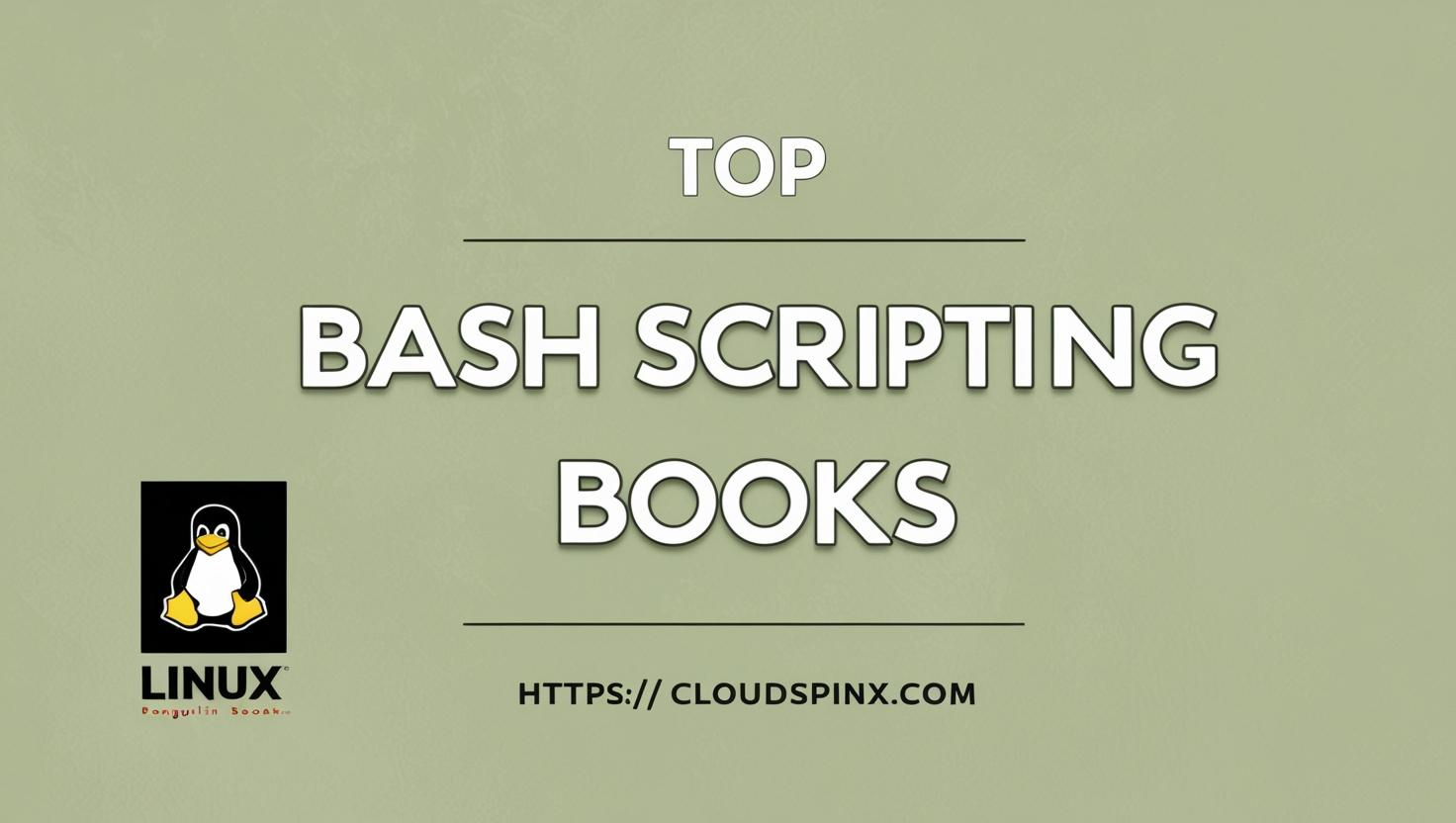

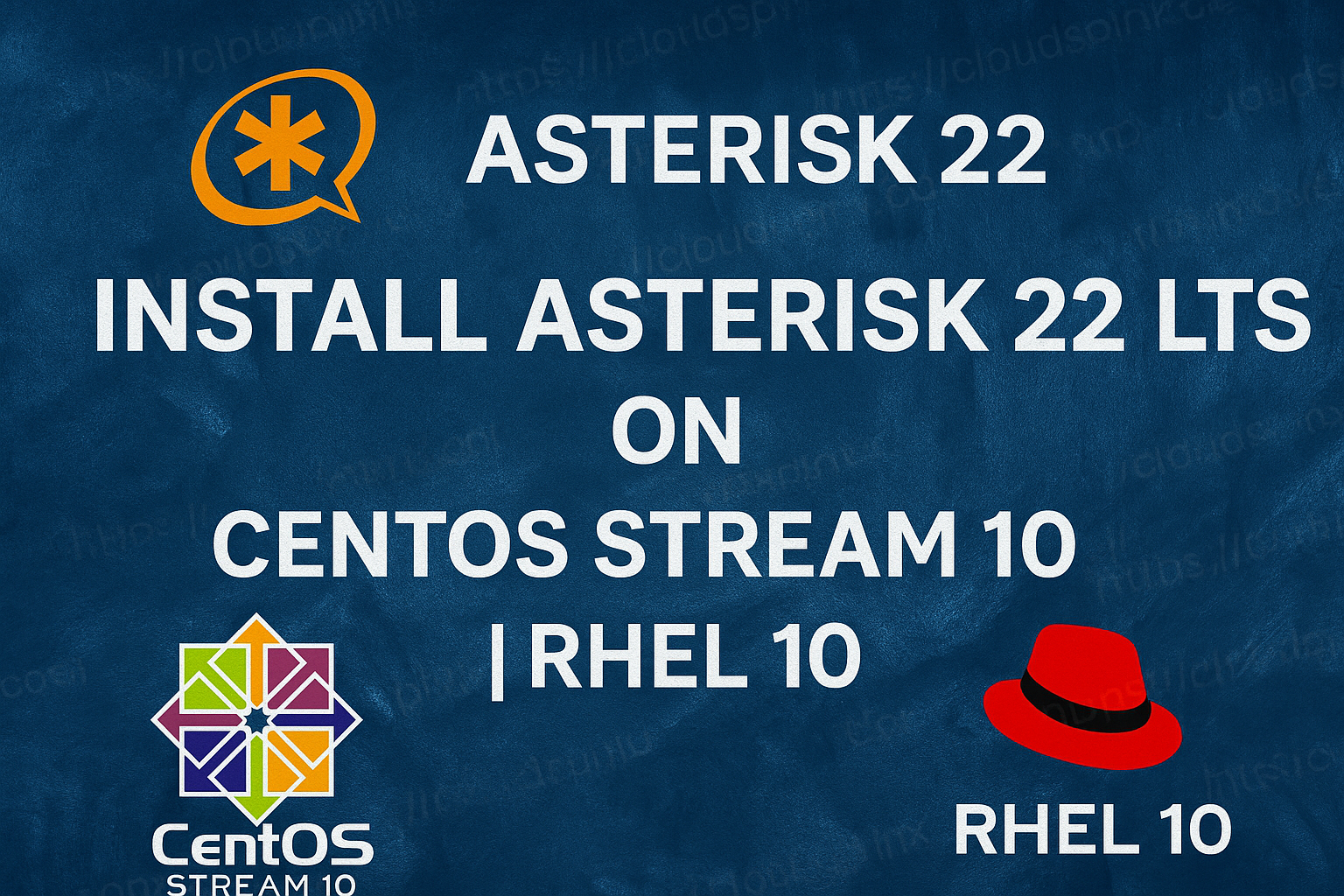
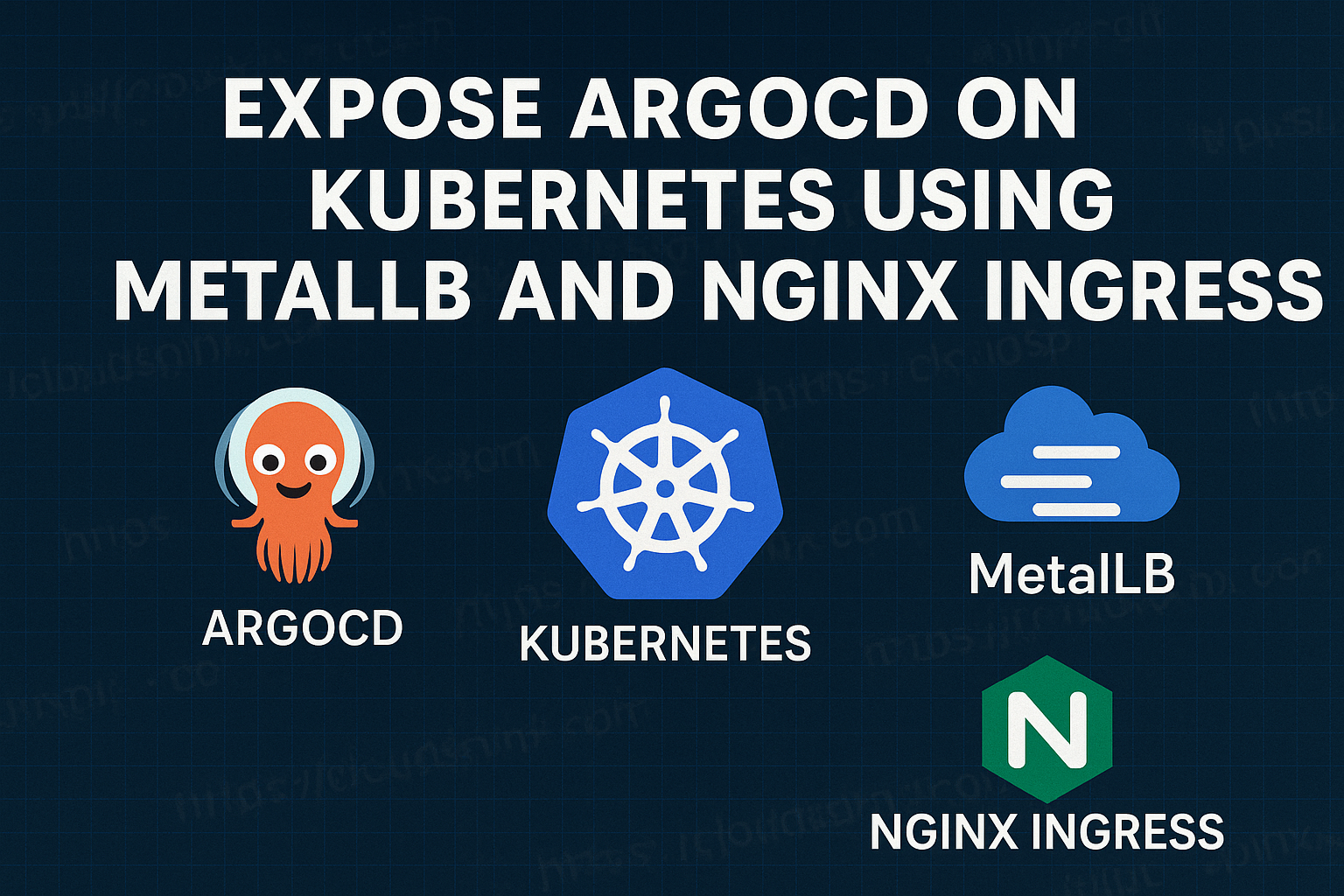
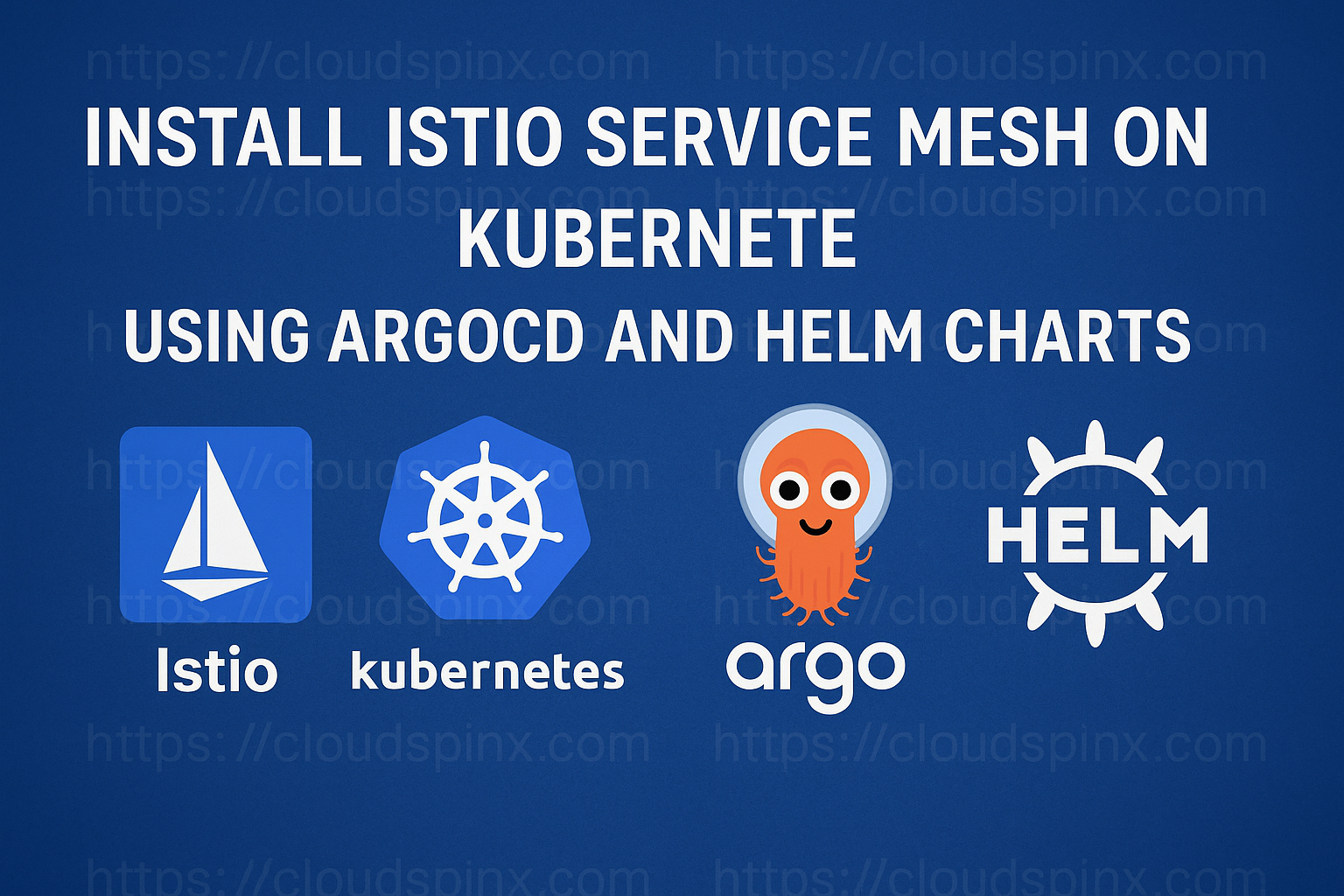
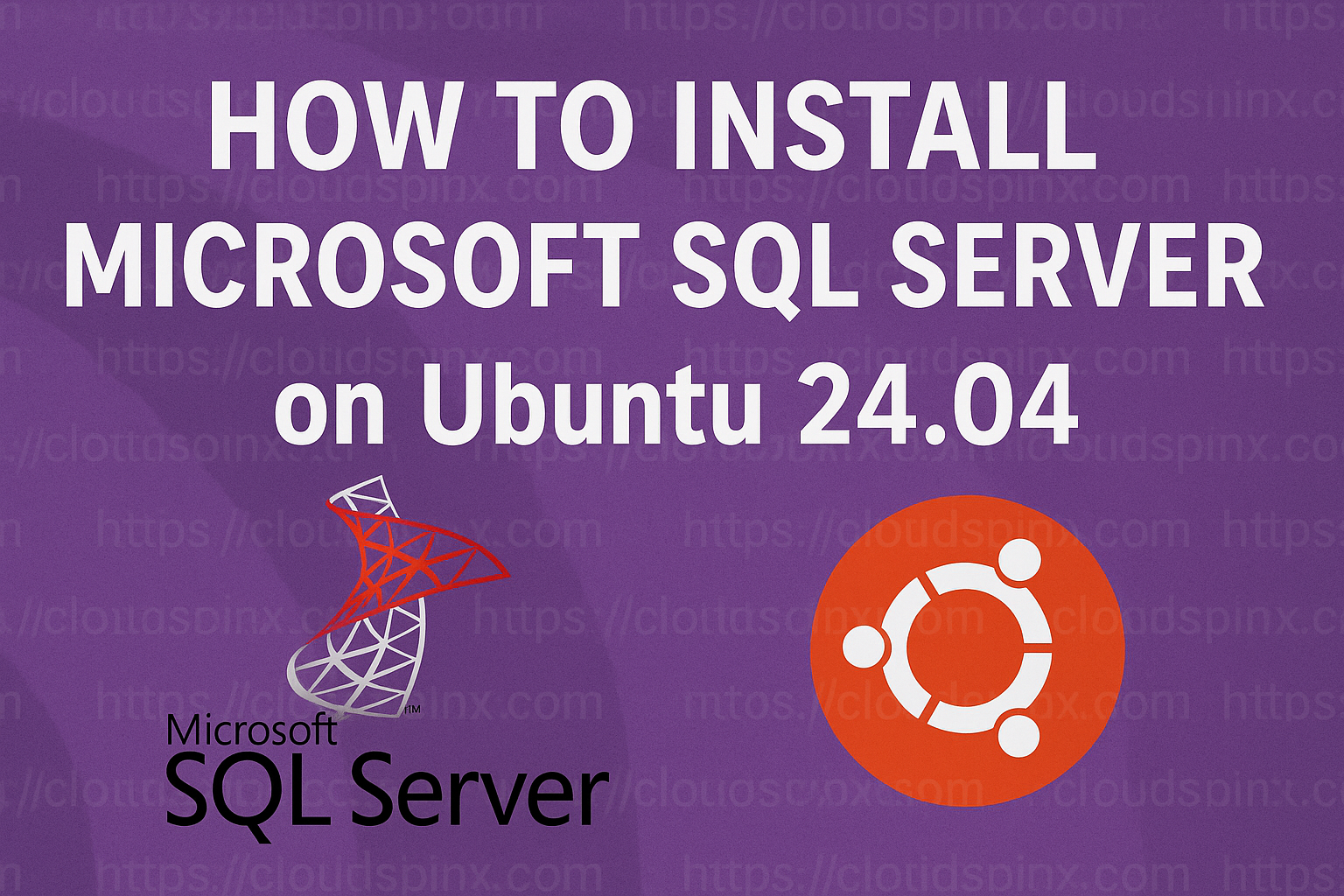



2 thoughts on “To Bash Scripting Books for 2025”
As a private individual I’ve been using Linux since Red Hat 3.0! CLI is my preferred place and I appreciate this article! I’m in the process of making a personal reference library with Bash reference books as a cornerstone! You have, I believe, mistakenly given “Linux Command Line and Shell Scripting Bible
Richard Blum and Christine Bresnhan” for points #1 and #4! The Amazon link shows the 4th ed. on both books! You have given me a list to begin acquiring. Thank you in advance!
Thanks for the comment we’ve corrected this.